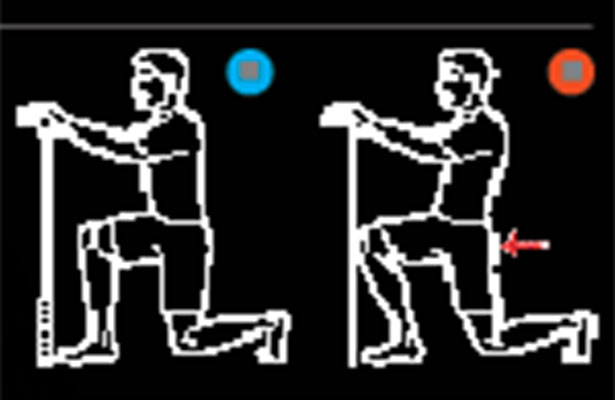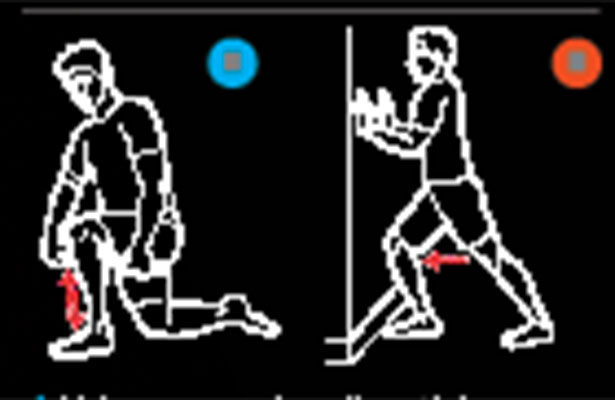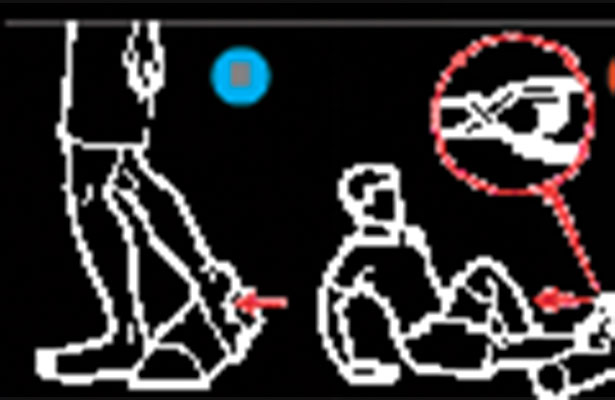Ankle mobility is key to an athletic swing.
It has been said that a good golf swing starts from the ground up, but that could be bad news if you regularly wear dress shoes or sit for most of the day. A common issue that can develop is poor ankle dorsiflexion (aka “lazy ankle”). If the ability to hinge the joint so your toes point upward is restricted, it can cause problems in your swing, says Australian Golf Digest fitness advisor Ben Shear.
From a power perspective, the ability to squat at the start of the downswing and leverage the ground to create more force and clubhead speed will be impeded without good ankle dorsiflexion. It more commonly leads to off-centre hits, because poor ankle mobility makes it tougher to stay in a steady posture during the swing and get the club to consistently bottom out in the right place.
Dress shoes typically elevate the heel of the foot, so the angle between the foot and leg is increased (plantar flexion). Sitting with a hunched posture also reduces the need for dorsiflexion, which is why desk jobs can lead to off-centre strikes.
“What makes matters worse is that a lot of people wear uncomfortable dress shoes all week, so they wear the sneaker-style golf shoes when they play because they feel so good,” Shear says. “But those shoes typically lack heel support, so the need for good dorsiflexion is magnified. It makes it harder to make a good swing.”
Even elite athletes can have dorsiflexion issues as a result of injuries and the scar tissue that develops on top of the joint where the tibia (shin) bone meets the talus (ankle) bone. For them, a painful pinching sensation is felt as they flex the foot upward.
For most of us, however, calf tightness is a clear warning sign of restricted ankle mobility: particularly when your knee juts out over your foot or when you raise your toes while keeping your heels on the ground.
To correct the problem, first take Shear’s dorsiflexion test (below). If you feel a pinching sensation or pain on the top of the joint, or if there is tightness in the calf of that leg, follow one of the two exercise prescriptions he gives to improve your range of motion.
Take the test:

– Start from a half-kneeling position (above, left), holding a club four inches in front of the lead leg’s shin.
– Lean forward while keeping that foot planted (above, right). You pass the test if your knee can touch the shaft. If your heel lifts, or if you feel tightness or pain, try these remedies.

Calf feels tight?
– Using a muscle-roller stick or golf shaft (above, left), press into the calf muscles and slide the stick up and down the length of them.
– From a split-leg stance (above, right), lean toward a wall and let the forward leg bend while the trail leg stays straight. Keep both heels planted.

Pain on top of the foot?
– Pin a foam roller between the heel of one foot and the toes of the other (above, left). Push with the toes feeling a stretch across the top of that foot.
– Lie with a foam roller under the calf (above, right) and the foot harnessed in an anchored and fully-stretched band. Pull away from the anchored point.



